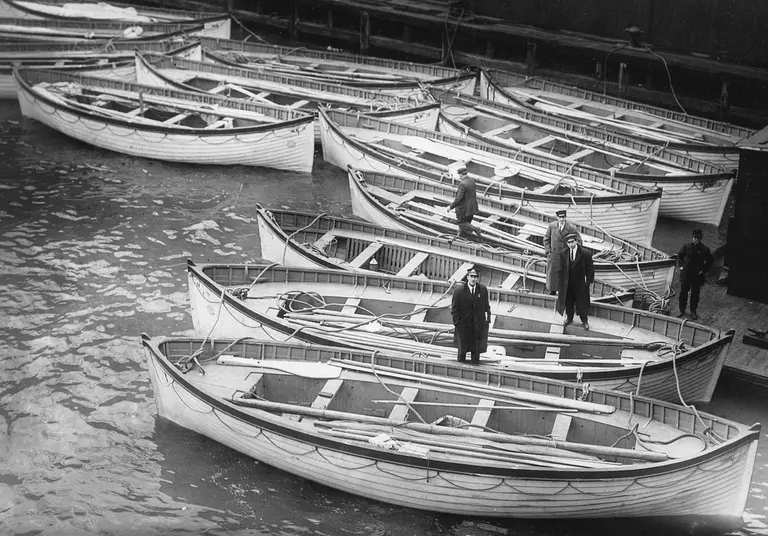
The Titanic’s lifeboats at the White Star Lines Pier 54 in NYC after sinking, via Wiki Commons
10 sites in New York City connected to the Titanic
10 NYC sites associated with the Titanic

The Titanic’s lifeboats at the White Star Lines Pier 54 in NYC after sinking, via Wiki Commons
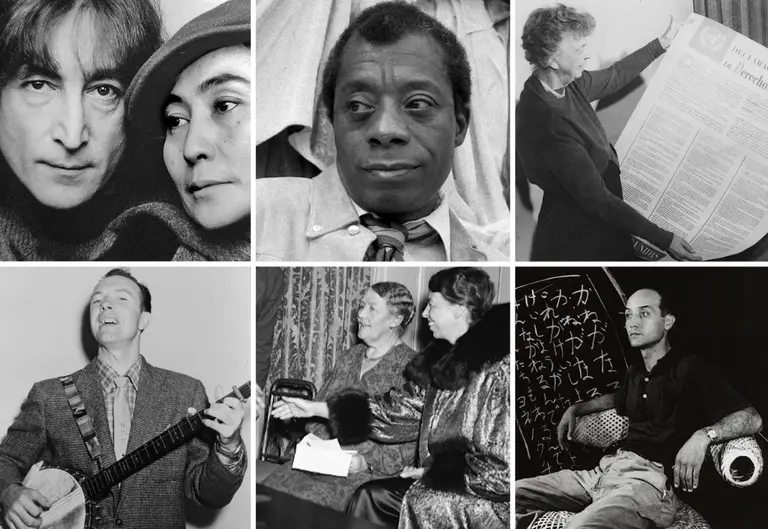
This year marks the 50th anniversary of the designation of the Greenwich Village Historic District. One of the city’s oldest and largest landmark districts, it’s a treasure trove of rich history, pioneering culture, and charming architecture. Village Preservation will be spending 2019 marking this anniversary with events, lectures, and new interactive online resources, including a celebration and district-wide weekend-long “Open House” starting on Saturday, April 13 in Washington Square. Check here for updates and more details. This is part of a series of posts about the Greenwich Village Historic District marking its golden anniversary.
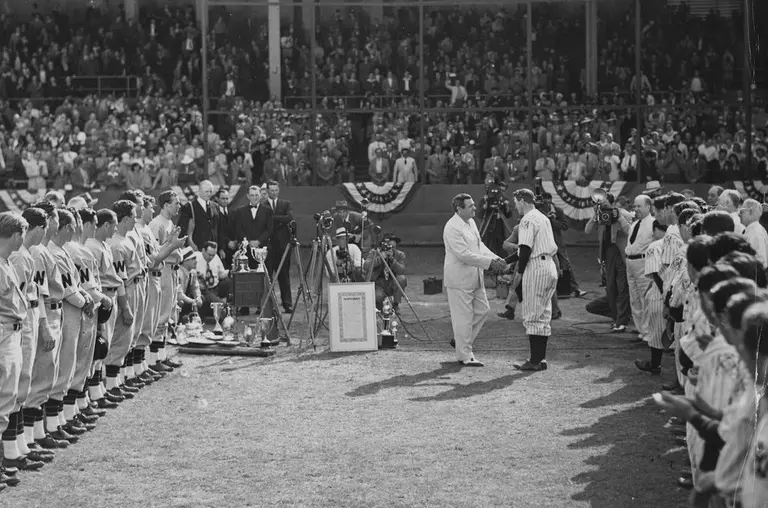
Babe Ruth shakes the hand of actor Gary Cooper (playing Lou Gehrig) during the filming of the movie “Pride of the Yankees” in 1942. The scene is a recreation of “Gehrig Appreciation Day” on July 4, 1939 when Gehrig retired due to his diagnosis with ALS; Via NYC Municipal Archives
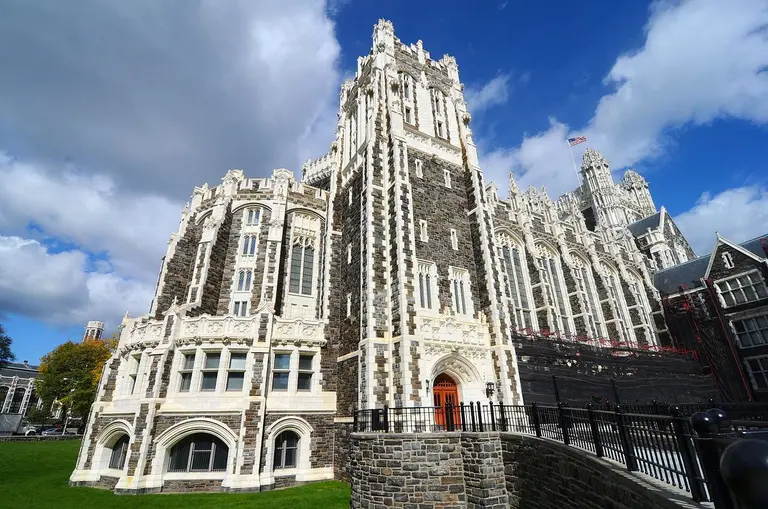
Shepard Hall at the City College of New York via Wikimedia
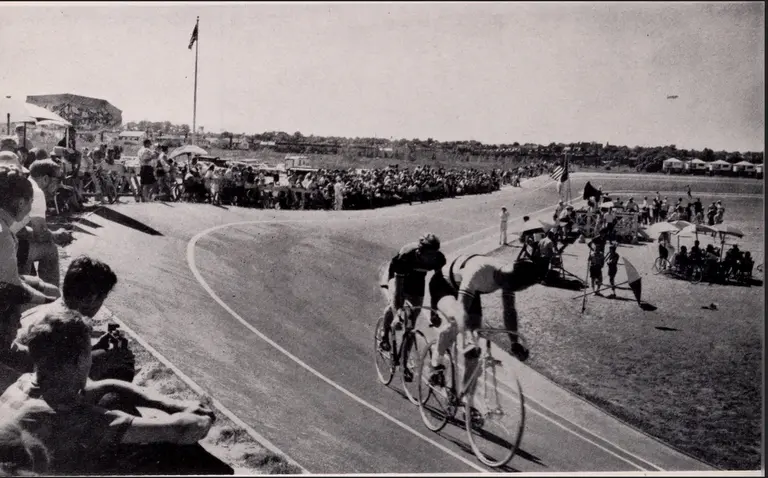
1964 US Olympic Trials at Kissena Velodrome. From page 47 of “30 years of progress, 1934-1964 : Department of Parks : 300th anniversary of the City of New York : New York World’s Fair.” (1964). Via Internet Archive Book Images on Flickr
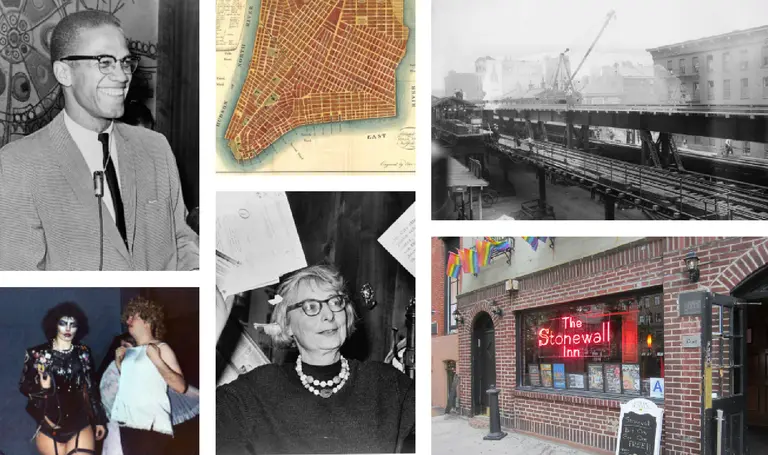
This year marks the 50th anniversary of the designation of the Greenwich Village Historic District. One of the city’s oldest and largest landmark districts, it’s a treasure trove of rich history, pioneering culture, and charming architecture. Village Preservation will be spending 2019 marking this anniversary with events, lectures, and new interactive online resources, including a celebration and district-wide weekend-long “Open House” starting on Saturday, April 13 in Washington Square. Check here for updates and more details. This is part of a series of posts about the Greenwich Village Historic District marking its golden anniversary.
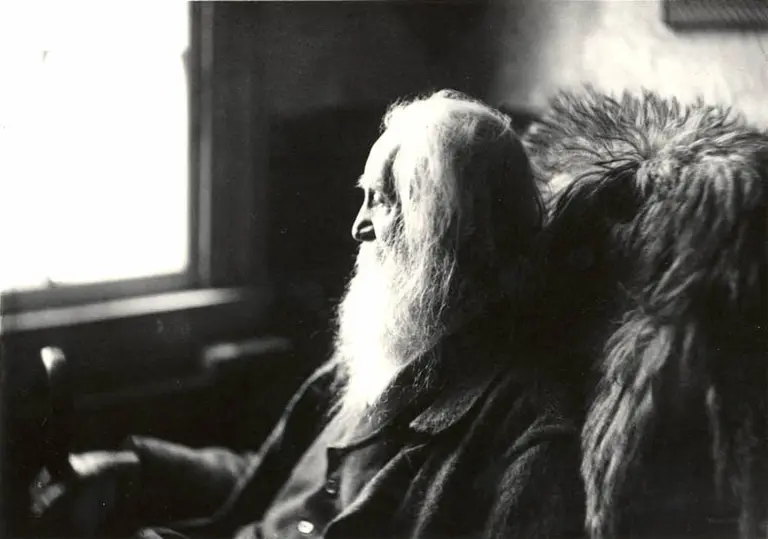
Walt Whitman (1881) courtesy of Hirshhorn Museum and Sculpture Garden, Smithsonian Institution
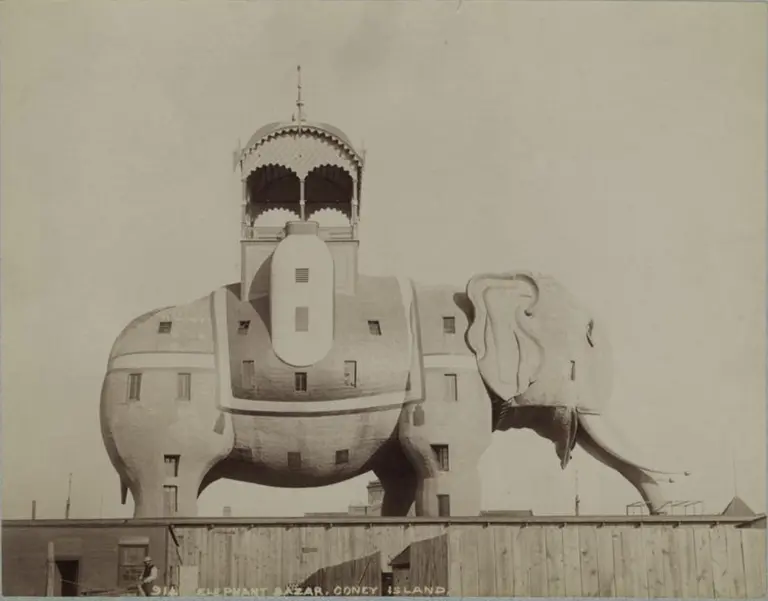
“Elephant Bazar Coney Island,” NYPL Wallach Division Picture Collection via NYPL Digital Collections
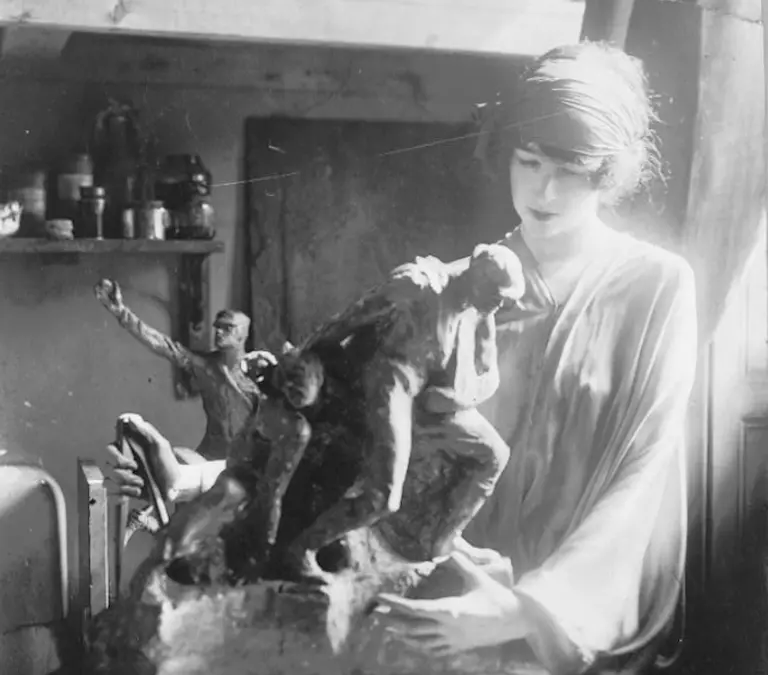
“Gertrude Vanderbilt Whitney, half-length portrait, standing with statue of soldiers,” 1920, via, The Library of Congress
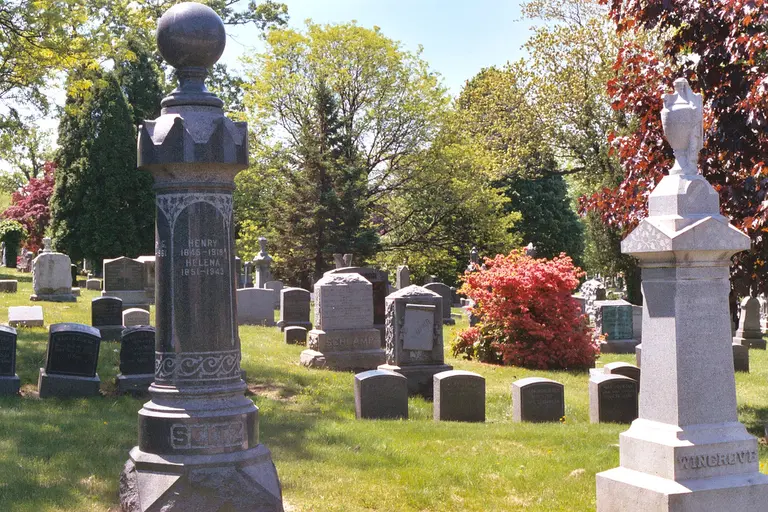
Via Doc Searls on Flickr
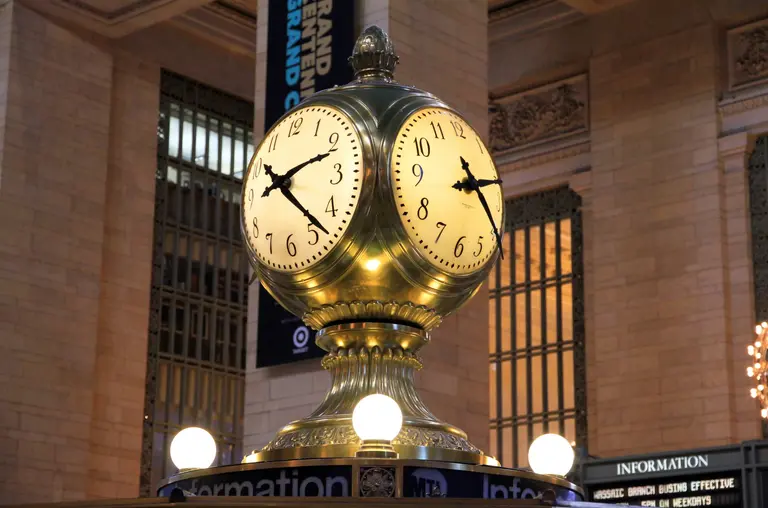
Grand Central’s Main Concourse Clock, via Wikimedia Commons
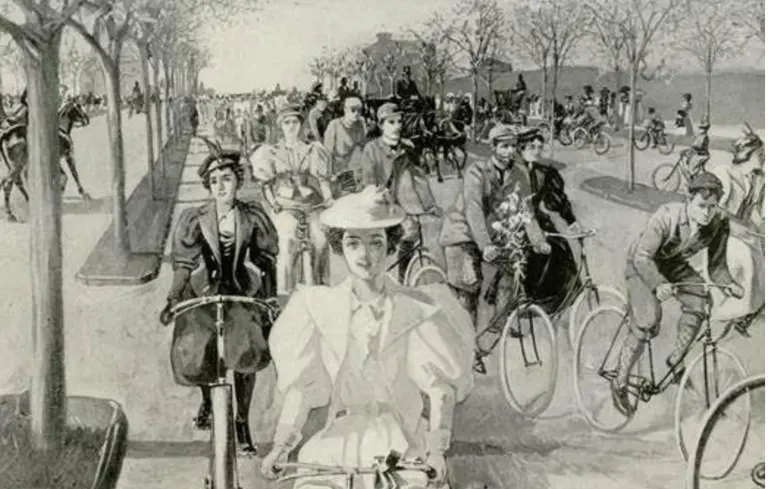
New York Awheel―On the Riverside Drive, Near the Great Monument, Munsey’s Magazine, May 1896, Illustrator: J.M. Gleeson, Private collection courtesy of the Museum of the City of New York
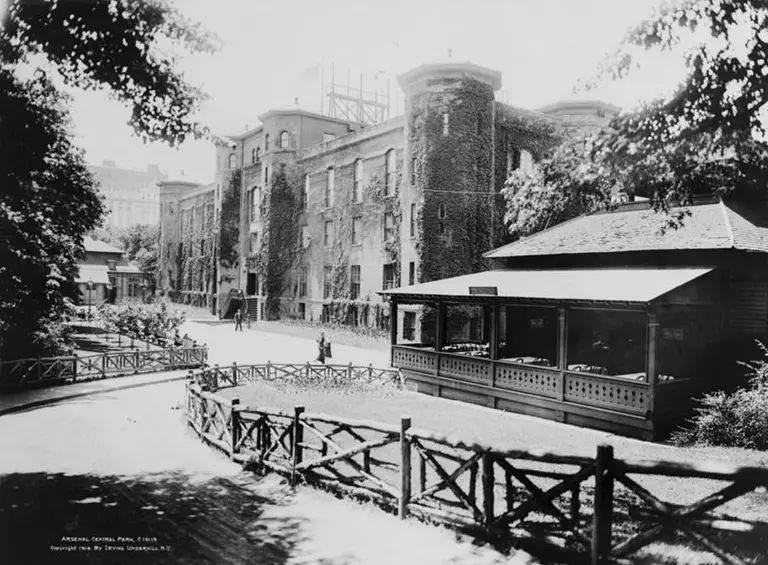
The Arsenal c. 1914, via Library of Congress
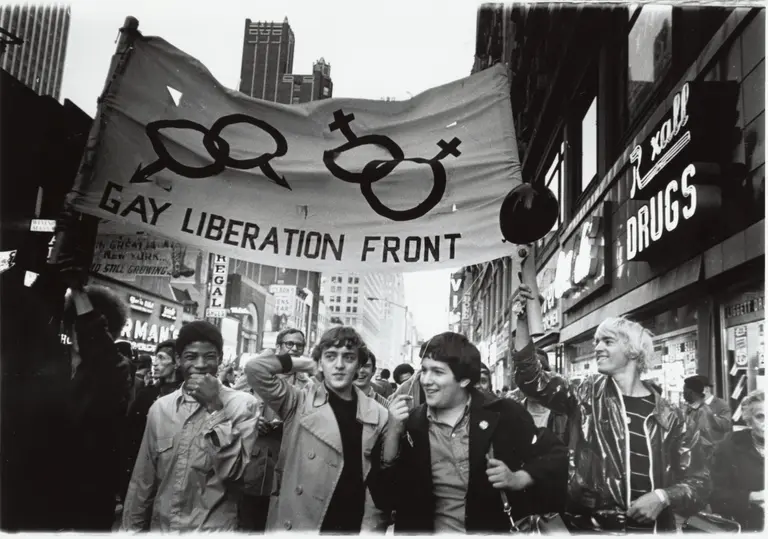
Photo by Diana Davies, Gay Liberation Front marches on Times Square, New York, 1970. Courtesy of New York Public Library, Manuscripts and Archives Division
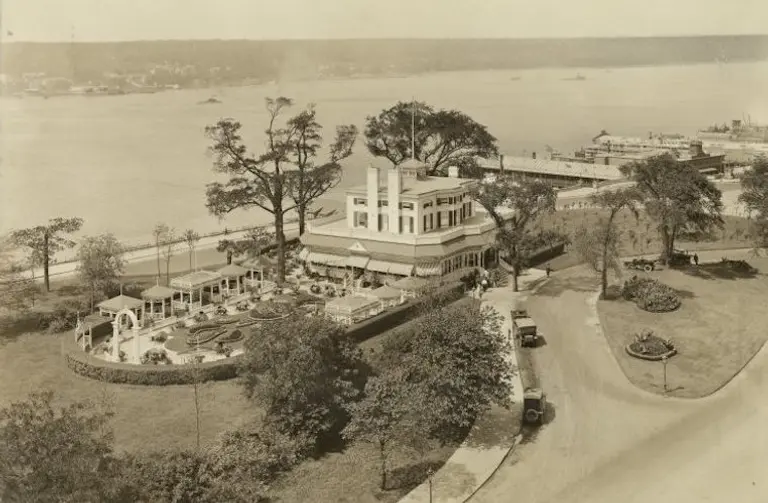
Irma and Paul Milstein Division of United States History, Local History and Genealogy, The New York Public Library. (1887 – 1964). Parks – Riverside Park – West 122nd Street; Via NYPL Digital Collections
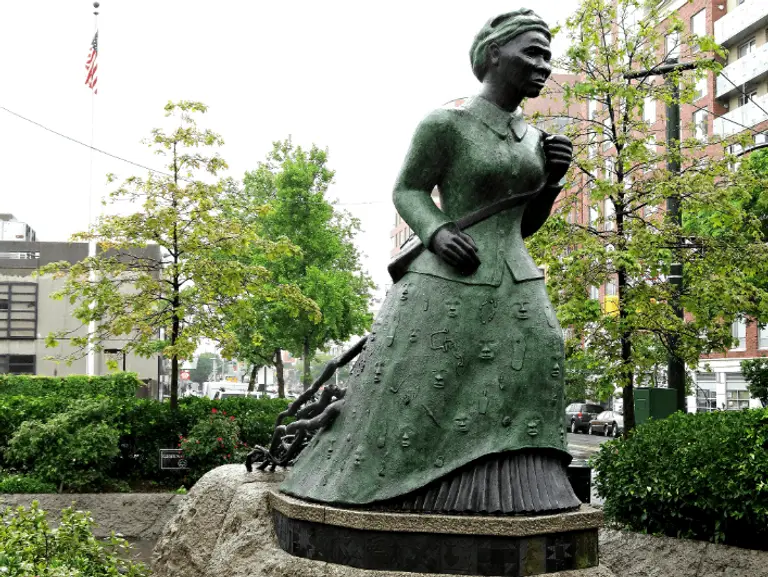
Photo of Harriet Tubman Memorial, “Swing Low,” in Harlem via denisbin on Flickr